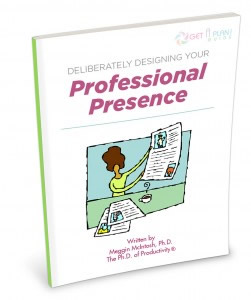Deal with the Business Details by Gini Cunningham
 Signing a contract is one thing; making sure that everything is in perfect alignment requires attention to detail and double checking the rules and regulations of your school, district, region, and state. Oh, and there may be national considerations as well.
Signing a contract is one thing; making sure that everything is in perfect alignment requires attention to detail and double checking the rules and regulations of your school, district, region, and state. Oh, and there may be national considerations as well.
- Make sure that your certification matches the job description so that you are highly qualified for your teaching assignment.
- Double check and clear any provisions that may be on your certificate and also when it is due for renewal. Do you have tests to pass, classes to take, applications to complete?
- Check that everything is on file with your state department of education, your school district, and your school. It is of little use to have graduate credits ready for a salary increase if no one has any idea that you have completed the necessary coursework.
- Locate the district and school curriculum; match these with state mandates. You have to know what you have to teach if you expect to do your job well.
- Design a pacing chart for instruction for the year. Yes, this is an enormous task but you have to have it to reach your goals of teaching and student learning. This task will familiarize you with standards and expectations as well as help you plan for each day and week of a year’s worth of learning.
- Find out policies and procedures for absences or arriving late – for you and for your students. And while you are at it, examine the other school and district regulations. With policies and procedures already established, your job becomes a bit easier because you are fully aware of school mandates.
- Study your insurance policy and make sure the coverage meets your needs. Determine if this policy is perfect for any dependents.
- Learn the dress code for teachers and students. A professional appears as a professional every day and expects the same of colleagues and students. Do not be caught in slovenly dress even on Saturday at the grocery store!
- Communicate openly with students, parents, colleagues, and administration. Your actions and expectations should be transparently clear, not vague, hidden away, or mysterious.
- Maintain confidentiality – with students, parents, peers and administration. In your classroom, in the halls, in the faculty room, on the playground, and at the ball game you will see and hear things that should be addressed professionally, without gossip and hearsay. Everyone appreciates someone who knows what to hold in confidence – and then does so!
© Gini Cunningham (adapted from her book, The New Teacher’s Companion: Practical Wisdom for Succeeding in the Classroom (ASCD). In addition to her writing, Gini is an author, workshop leader, and consultant who provides education for educators.
 For more suggestions related to designing your professional presence for success, you will want to access the Get a Plan! Guide® to Deliberately Designing Your Professional Presence, which is part of the Get a Plan! Guides® series. The Get a Plan! Guide® series will give you the ideas and inspiration to do your work easier, faster, and in a more focused fashion – so that you can accomplish your goals more smoothly, i.e., peacefully, productively, and predictably.
For more suggestions related to designing your professional presence for success, you will want to access the Get a Plan! Guide® to Deliberately Designing Your Professional Presence, which is part of the Get a Plan! Guides® series. The Get a Plan! Guide® series will give you the ideas and inspiration to do your work easier, faster, and in a more focused fashion – so that you can accomplish your goals more smoothly, i.e., peacefully, productively, and predictably.


